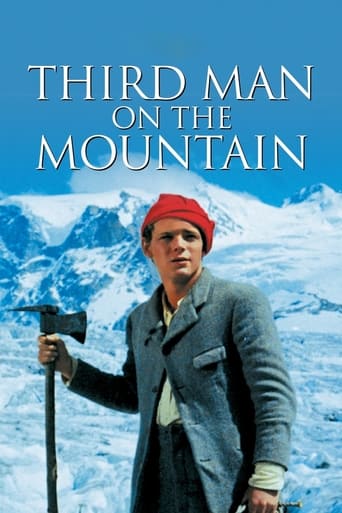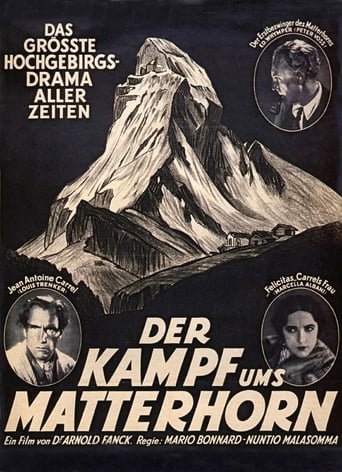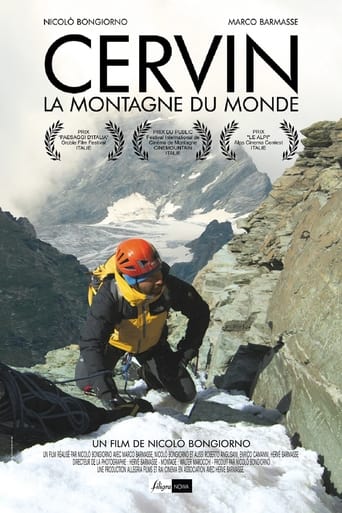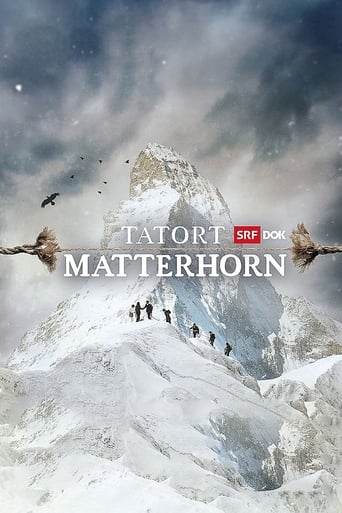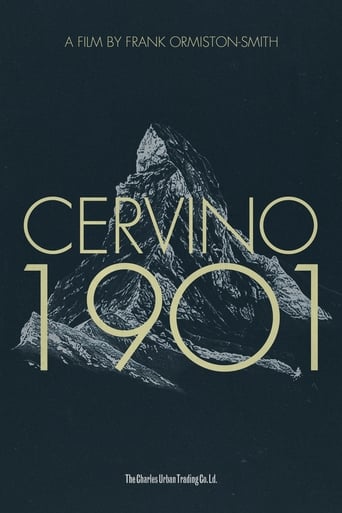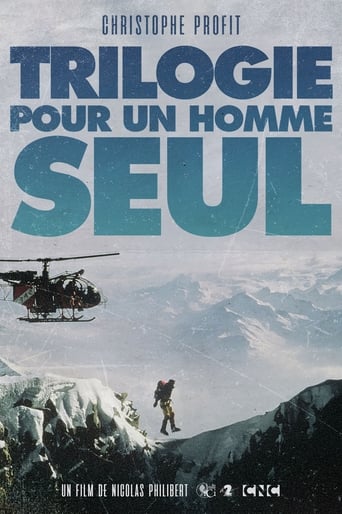Third Man on the Mountain 1959
Third Man on the Mountain is an American film directed by Ken Annakin and produced by Walt Disney Productions, released in 1959. It is adapted from a novel by James Ramsey Ullman, entitled "Banner In The Sky". In the middle of the 19th century in Switzerland, a famous British mountaineer, Captain John Winter, wanted to climb a difficult summit, the Citadel. He goes to a small village but no guide wants to accompany him. A young man from the village, Rudi Matt, whose father died fifteen years earlier during an attempt to climb the Citadel, is determined to accompany him, with the help of his uncle. Winter also manages to hire a guide from a neighboring village and competitor, Emil Saxo. The roped party of four men then begins the ascent of the still untouched summit.
